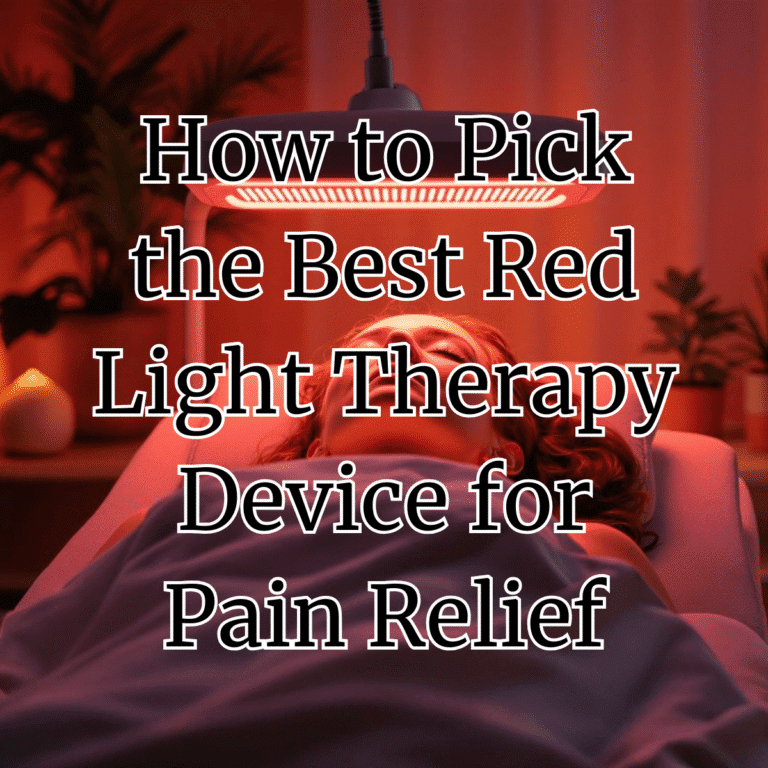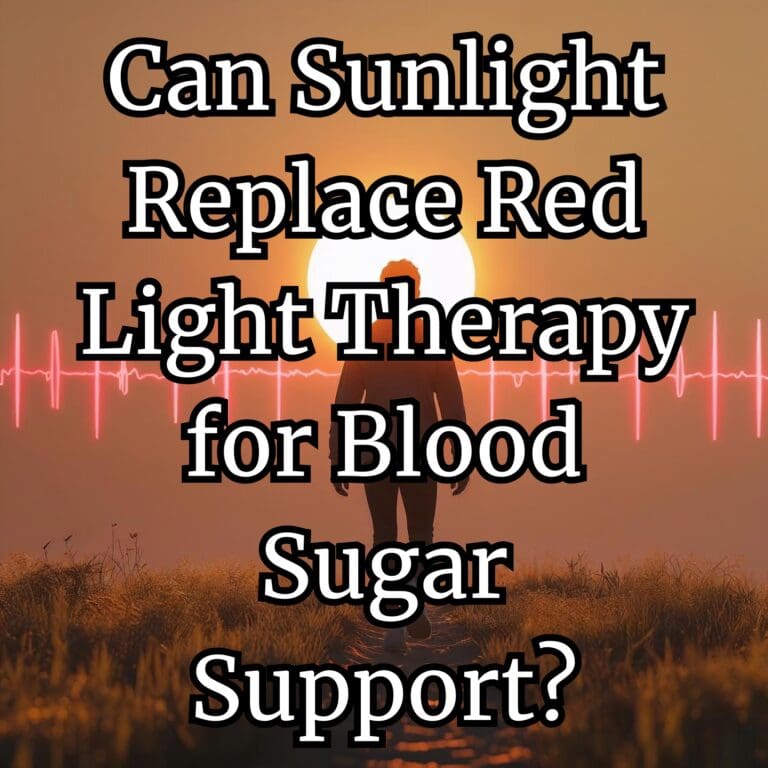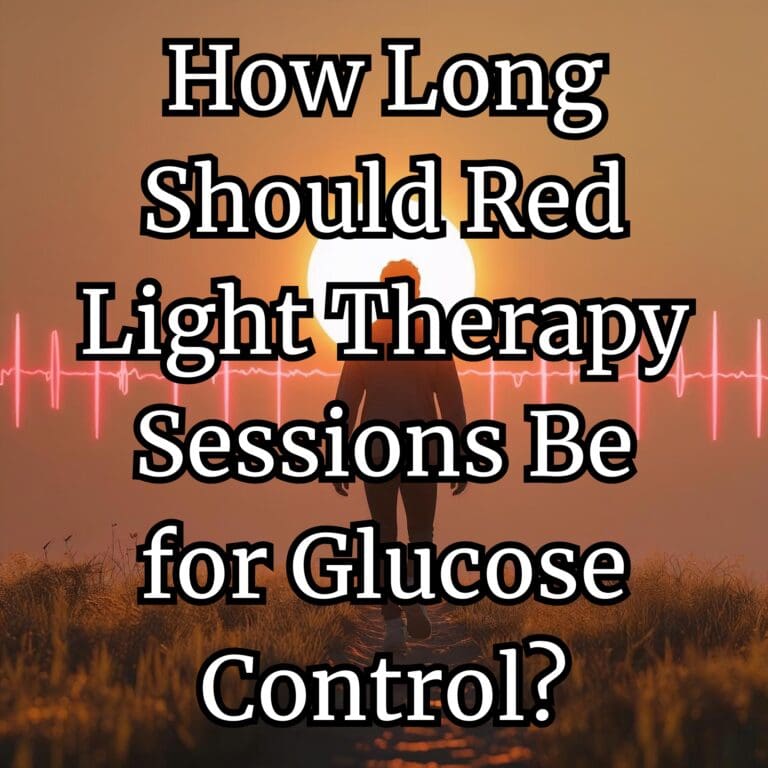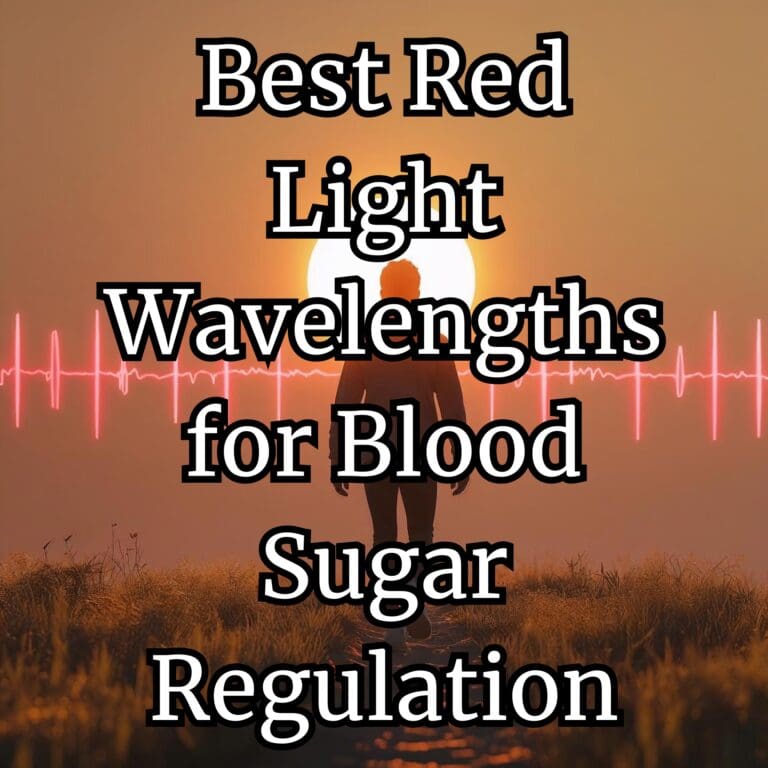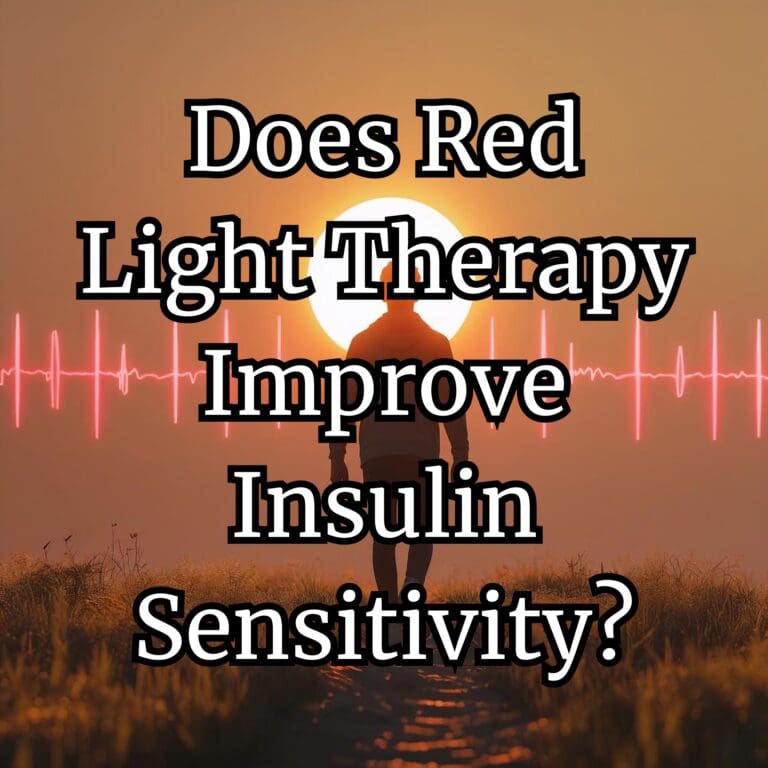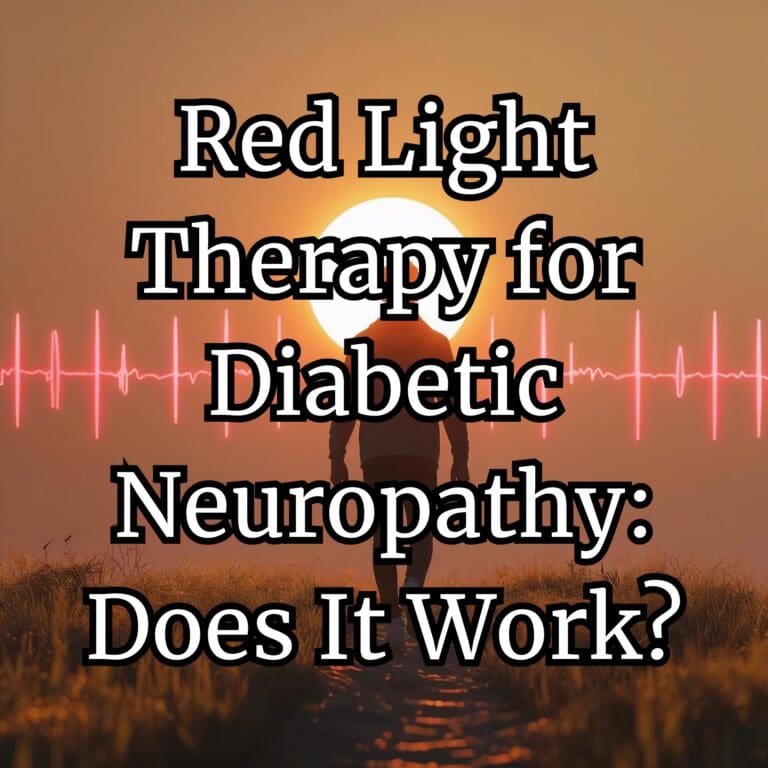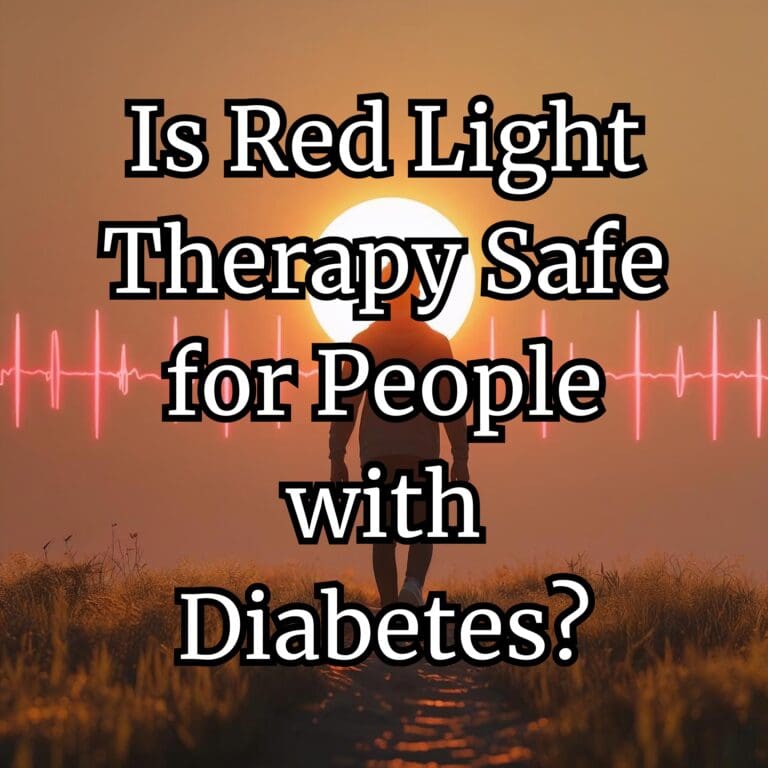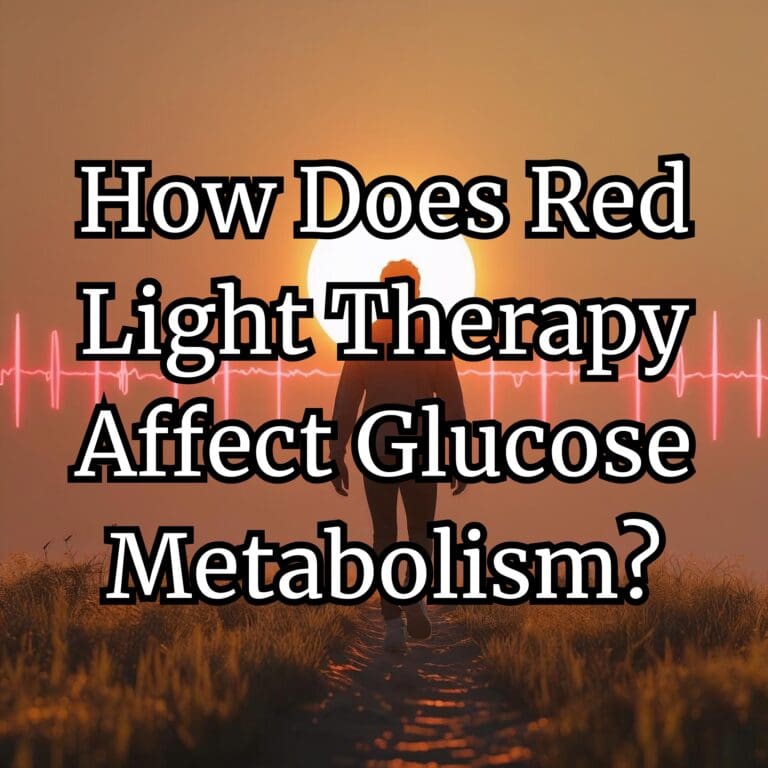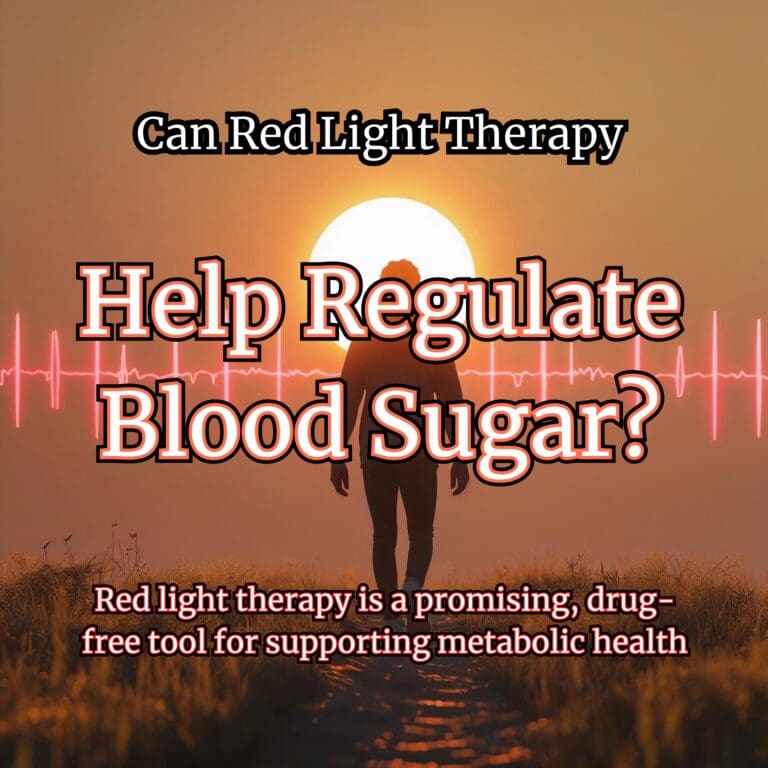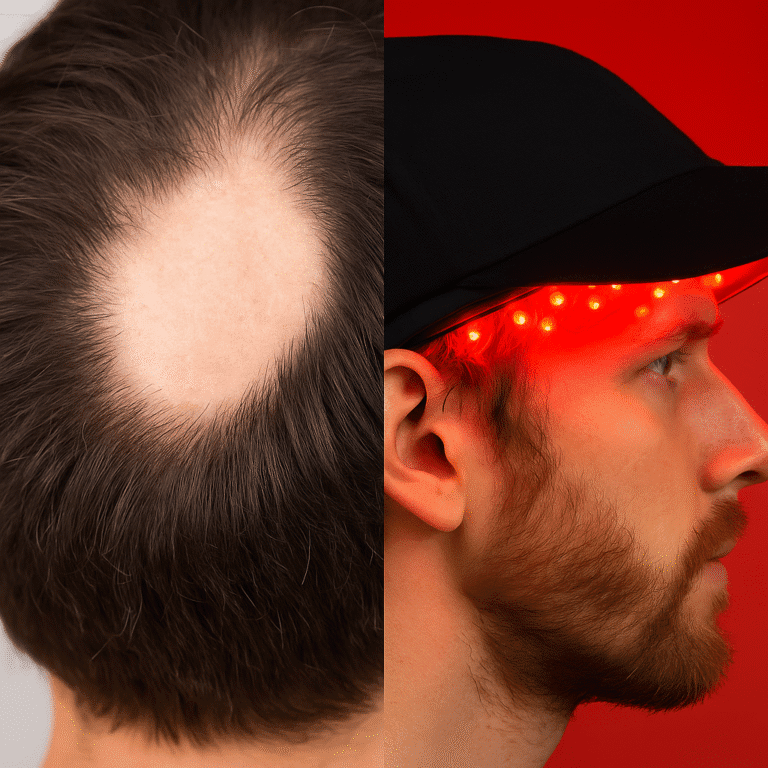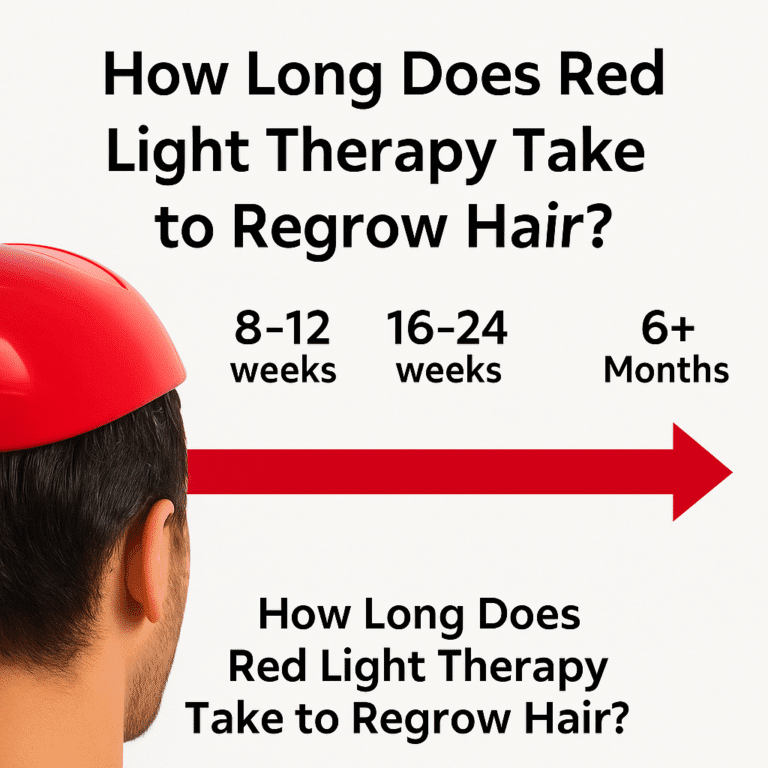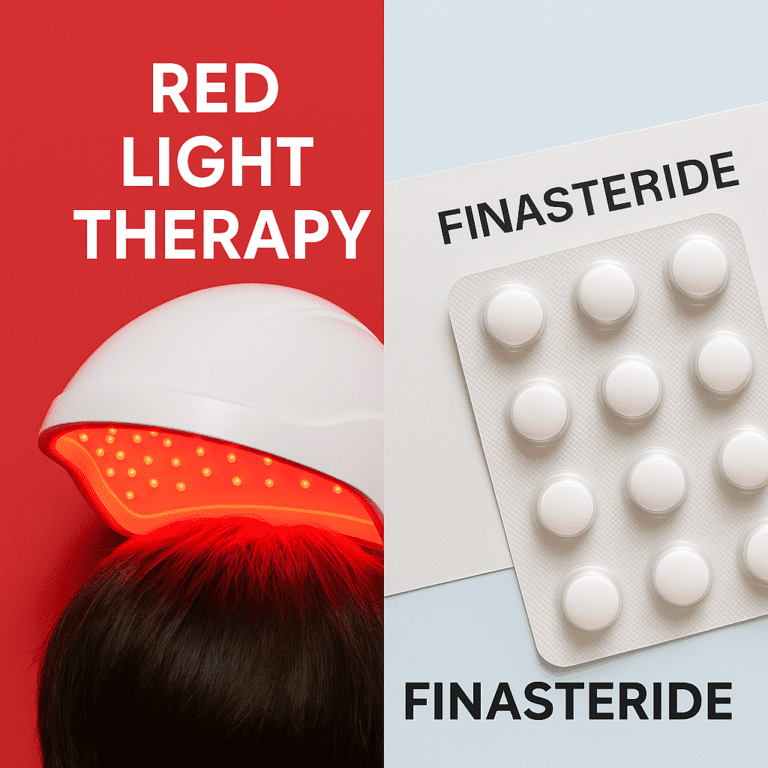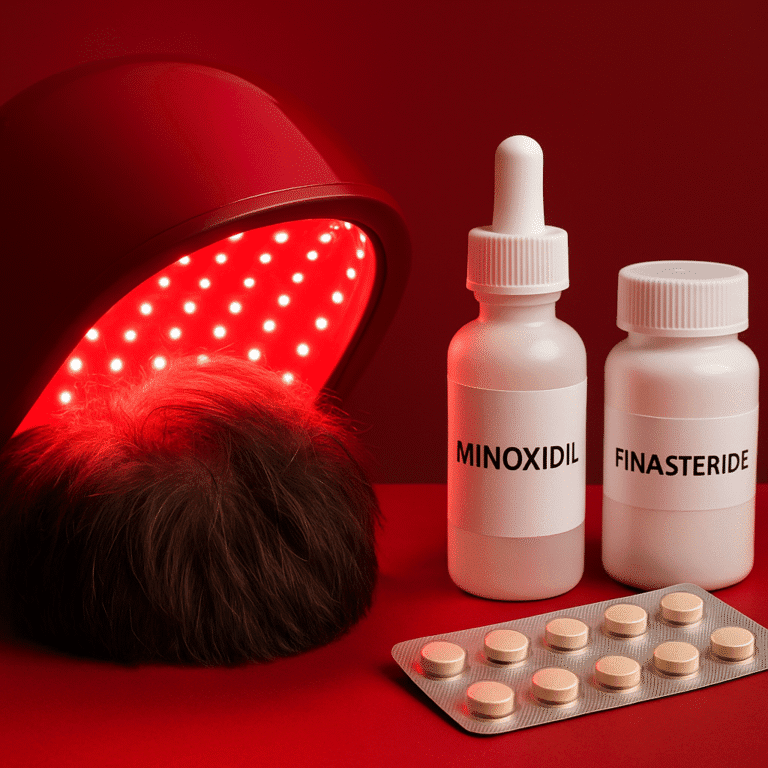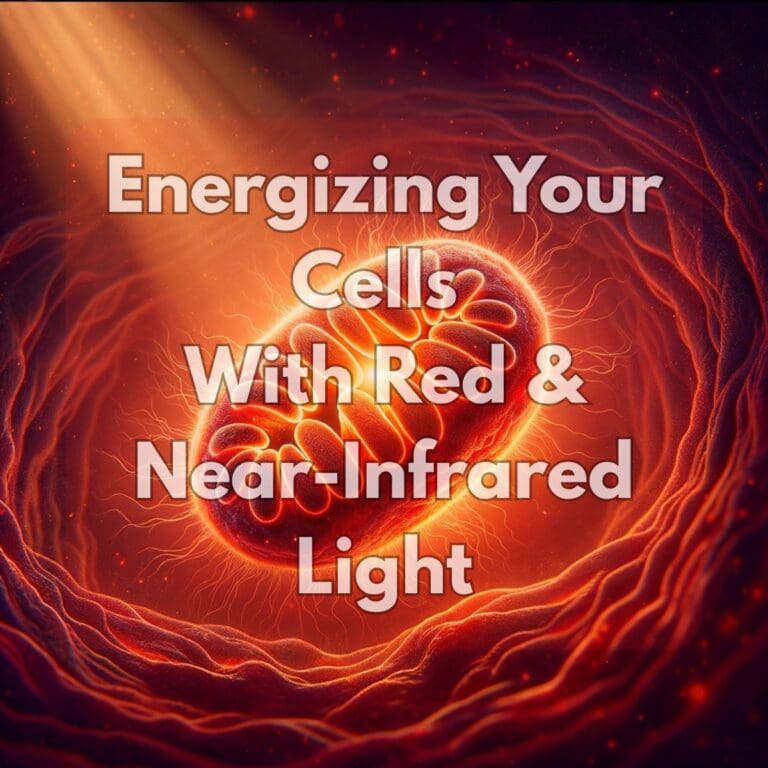The Healing Properties of Different Light Wavelengths in Laser Light Therapy
Laser light therapy has become a popular tool for enhancing skin health, improving mood, and addressing various wellness concerns. While red light therapy often takes the spotlight for its well-documented benefits, modern devices with multi-wavelength technology offer additional healing properties by incorporating seven different colors of light. Each wavelength penetrates the skin at varying depths, triggering specific cellular and therapeutic responses.
This article explores the healing properties of the different light wavelengths emitted by these advanced devices and how they can support your overall health.
On This Page
- How-Light-Therapy-Works
- Red Light (620–700 nm): The Cellular Energizer
- Near-Infrared Light (NIR) (700–850 nm): The Deep Healer
- Blue Light (450–495 nm): The Bacteria Buster
- Green Light (495–570 nm): The Skin Soother
- Yellow Light (570–590 nm): The Brightening Agent
- Purple Light (380–450 nm): The Balancer
- Cyan Light (490–520 nm): The Rejuvenator
- Synergy of Multicolor Light Therapy
- Applications Beyond Skin Health
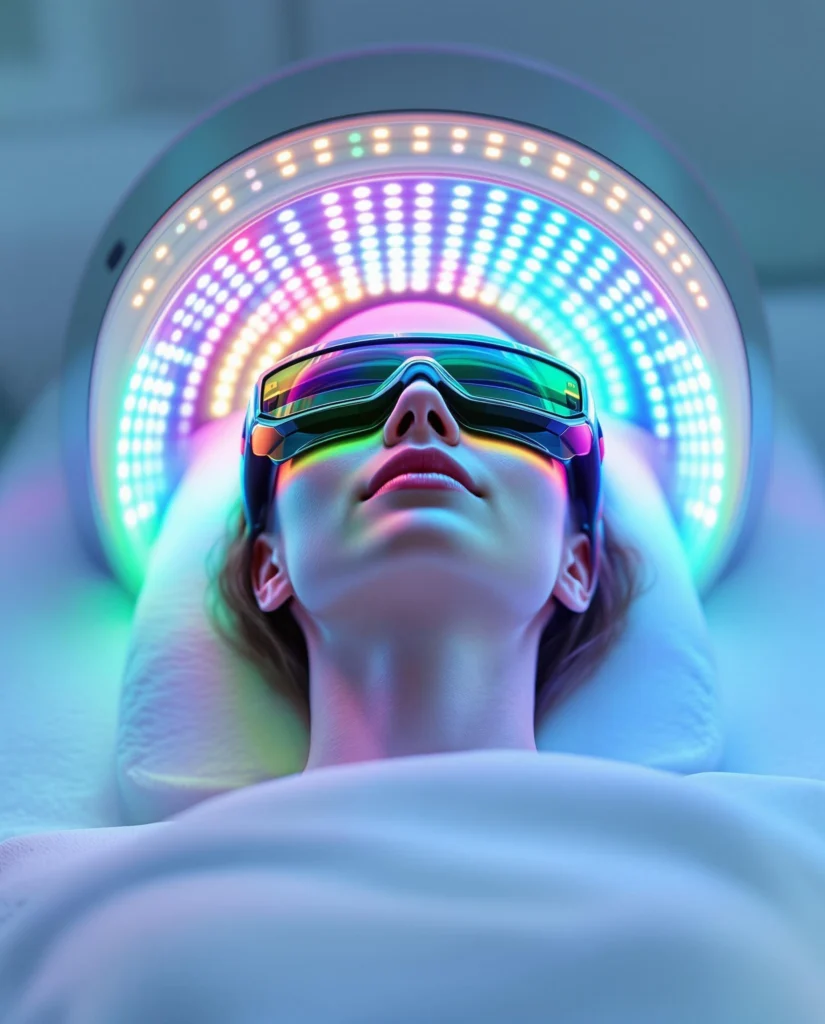
How Light Therapy Works
Light therapy works through a process called photobiomodulation (PBM). This involves the absorption of specific wavelengths of light by cellular components like chromophores and cytochrome c oxidase in mitochondria. These light-absorbing molecules convert light energy into biochemical energy, promoting healing, reducing inflammation, and stimulating tissue repair.
The penetration depth and effects of light vary by wavelength, measured in nanometers (nm). Below is a breakdown of the therapeutic benefits of the seven light wavelengths commonly found in laser light therapy devices.
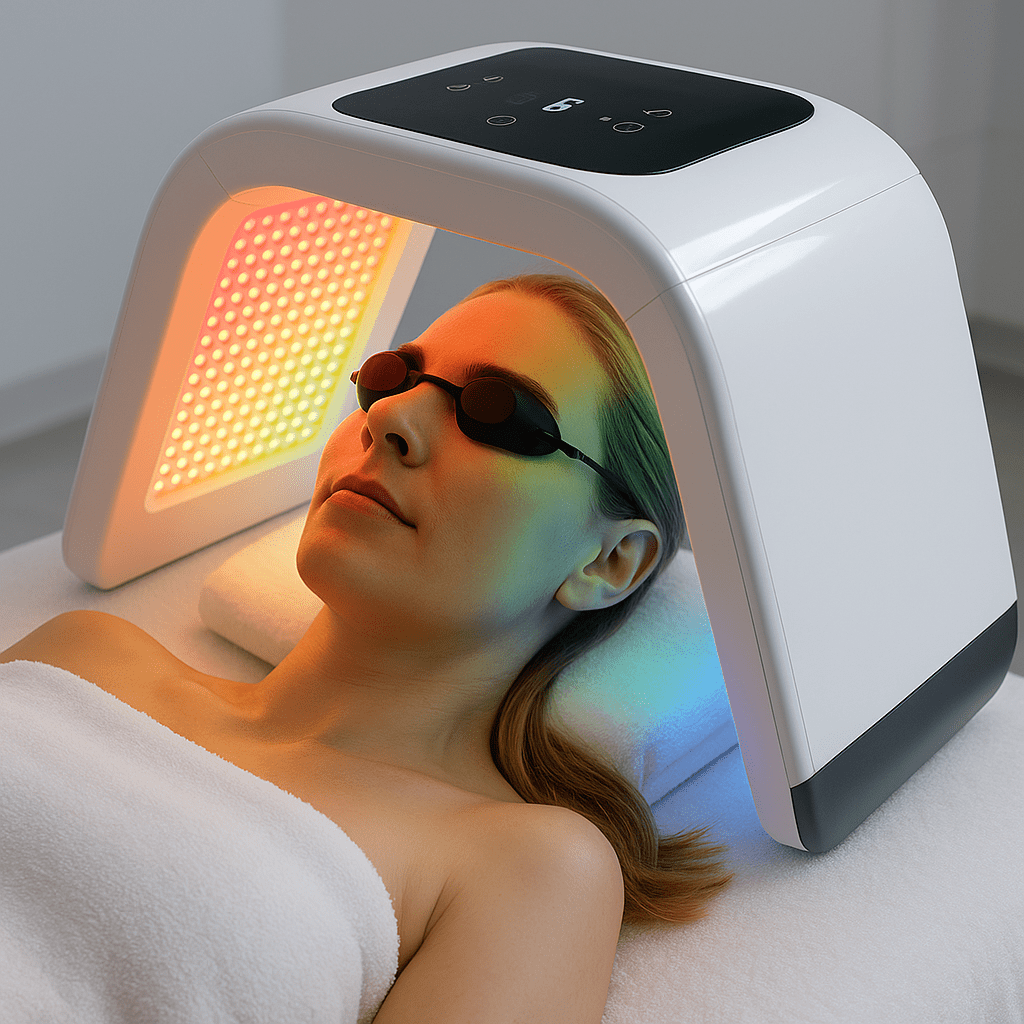
1. Red Light (620–700 nm): The Cellular Energizer
Benefits:
- Mitochondrial Activation: Red light penetrates skin tissues to stimulate cytochrome c oxidase in mitochondria, increasing ATP production.
- Collagen Production: Encourages fibroblast activity, boosting collagen and elastin synthesis for smoother, more youthful skin.
- Wound Healing: Accelerates repair processes in damaged tissues and reduces inflammation.
- Anti-Aging: Minimizes fine lines and wrinkles while improving skin elasticity.
Best For:
- Anti-aging, skin rejuvenation, wound healing, and inflammation reduction.
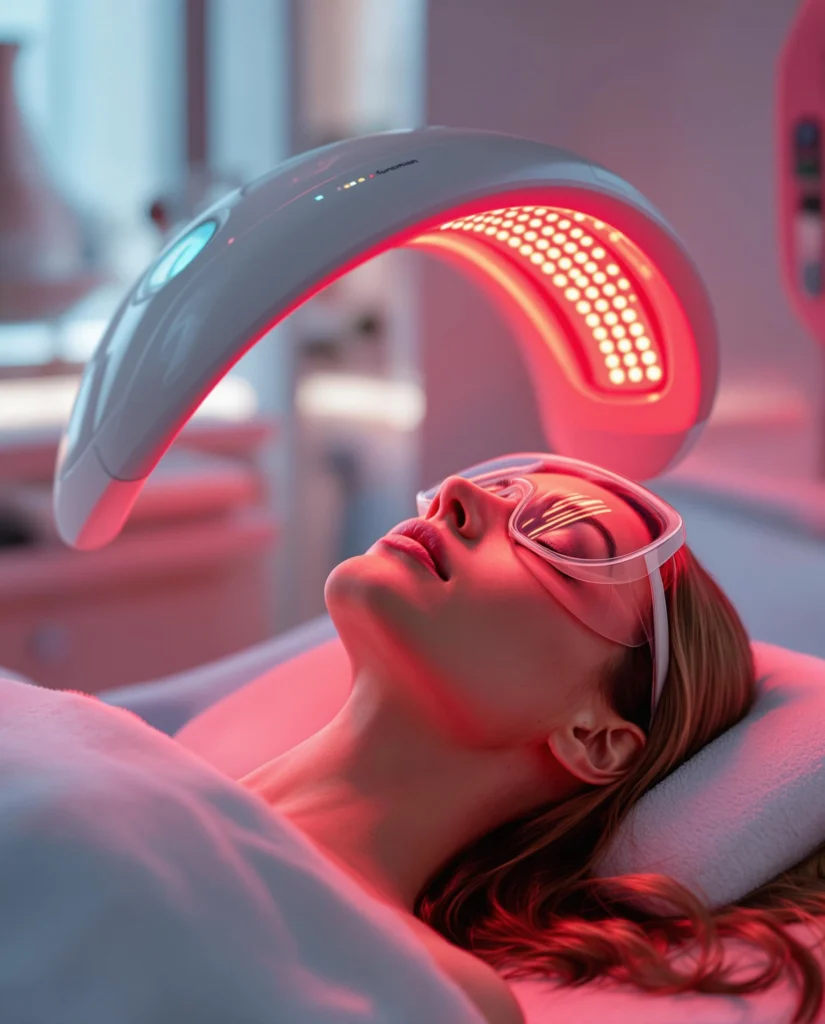
2. Near-Infrared Light (NIR) (700–850 nm): The Deep Healer
Benefits:
- Deeper Penetration: Reaches deeper layers of tissues, including muscles and joints.
- Pain Relief: Alleviates chronic pain and stiffness by reducing inflammation and improving blood circulation.
- Neuroprotection: Studies suggest NIR light may protect and repair neurons, offering potential benefits for brain health.
Best For:
- Muscle recovery, joint pain, and neurological conditions.
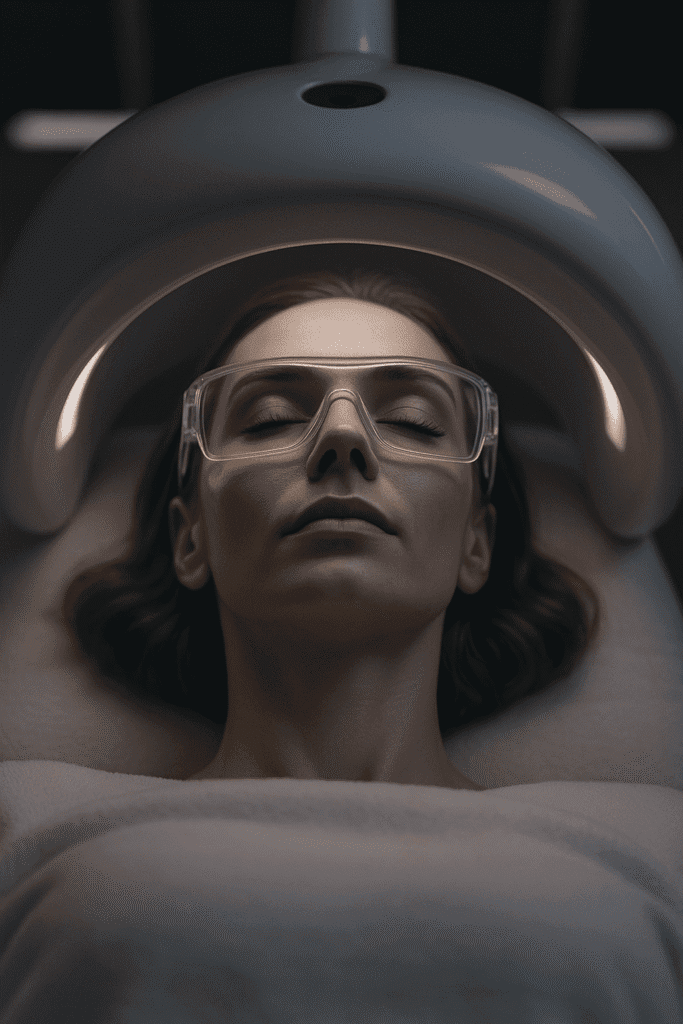
3. Blue Light (450–495 nm): The Bacteria Buster
Benefits:
- Antimicrobial Properties: Blue light kills acne-causing bacteria (Propionibacterium acnes) by generating reactive oxygen species (ROS).
- Oil Reduction: Regulates sebaceous gland activity, reducing excess oil production.
- Skin Clarity: Helps prevent and treat acne, leaving skin clearer and smoother.
Best For:
- Acne treatment, skin purification, and regulating oily skin.
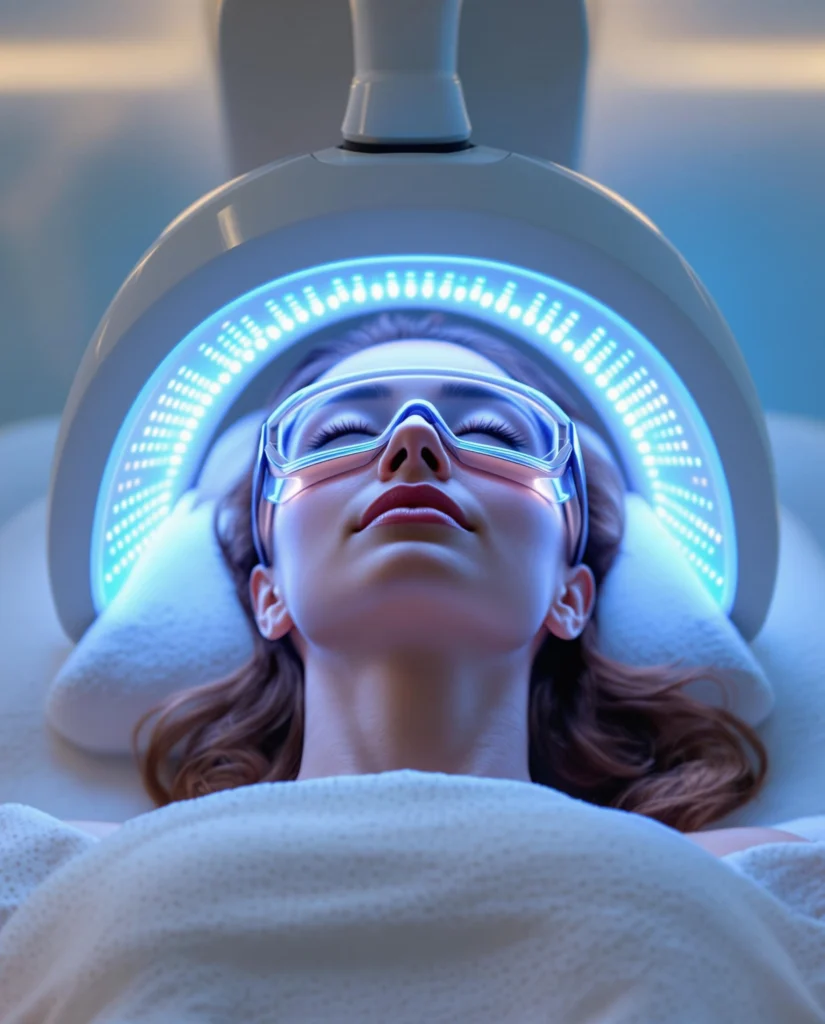
4. Green Light (495–570 nm): The Skin Soother
Benefits:
- Calms Redness and Irritation: Reduces redness, blotches, and sensitivity in the skin.
- Pigmentation Reduction: Inhibits melanin production to lighten hyperpigmentation and dark spots.
- Mood Improvement: Green light has a calming psychological effect, promoting relaxation and stress reduction.
- And more… deep dive into green light here
Best For:
- Sensitive skin, hyperpigmentation, and stress relief.
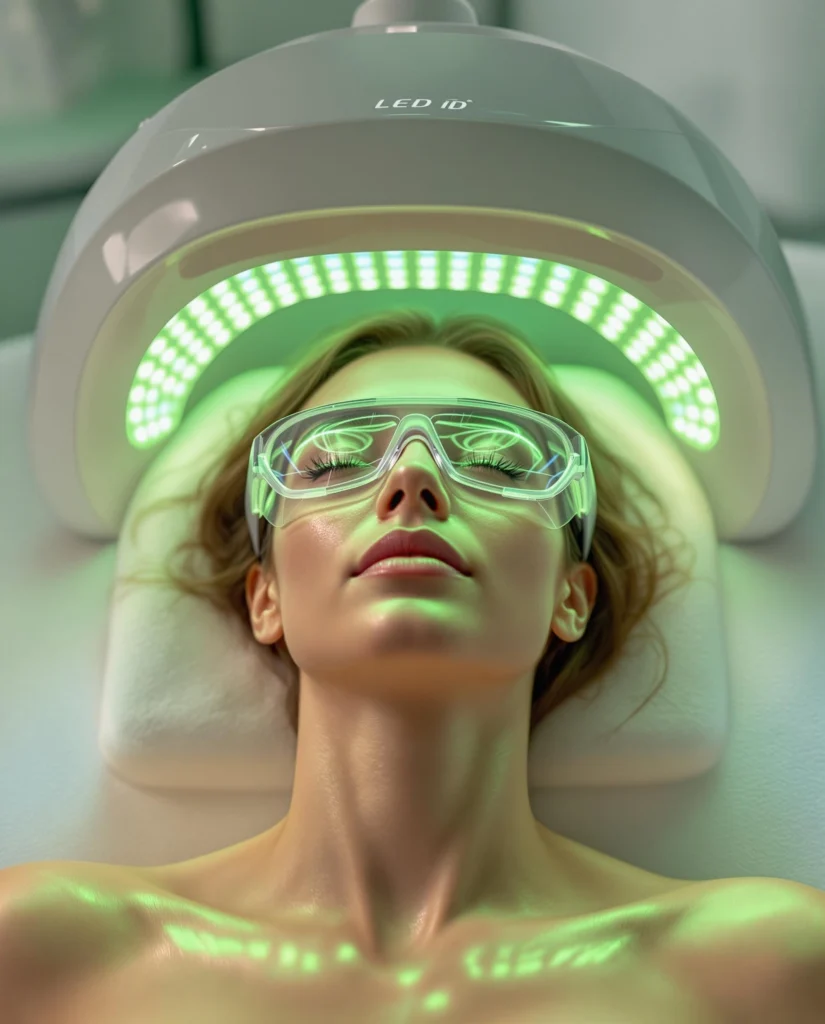
5. Yellow Light (570–590 nm): The Brightening Agent
Benefits:
- Improved Lymphatic Drainage: Stimulates circulation and detoxification for a radiant complexion.
- Brightens Skin Tone: Reduces redness and uneven pigmentation, giving skin a natural glow.
- Soothing Effects: Calms sunburns and irritation while promoting skin hydration.
Best For:
- Dull, uneven skin tone, redness, and post-sun exposure recovery.
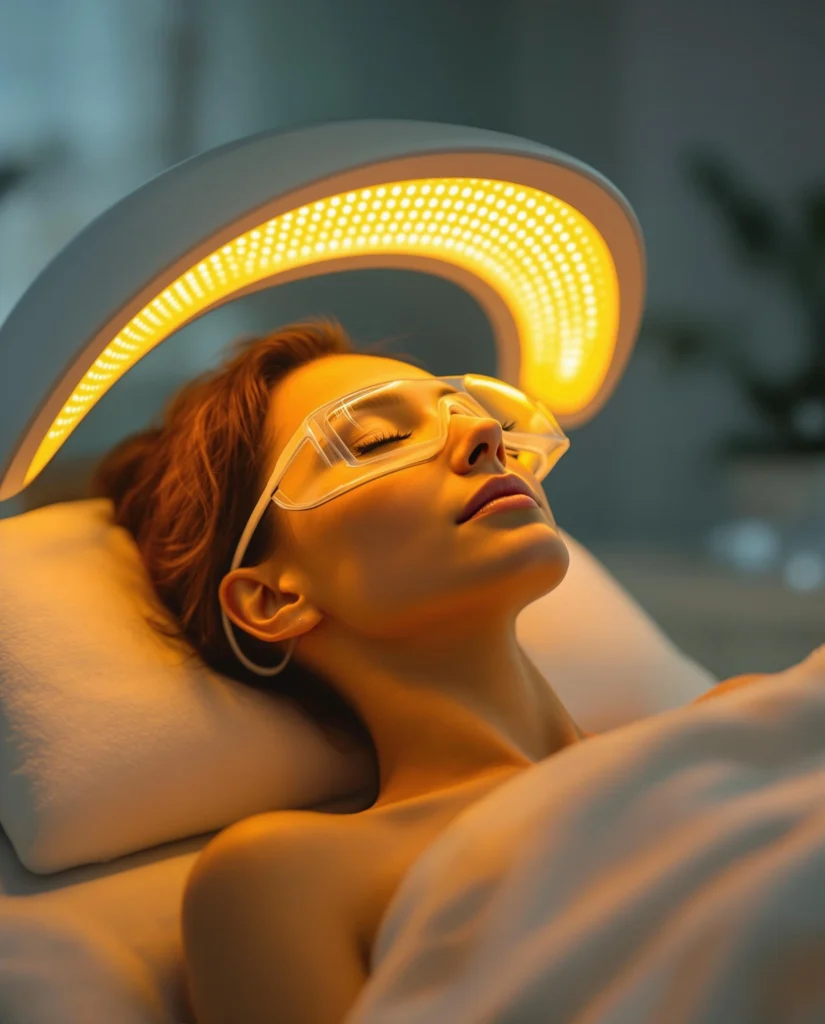
6. Purple Light (380–450 nm): The Balancer
Benefits:
- Combination of Red and Blue Light: Purple light combines the benefits of red and blue wavelengths, offering both cellular repair and antibacterial effects.
- Improves Skin Texture: Helps tighten pores and smooth fine lines.
- Enhances Cellular Regeneration: Boosts skin repair processes, particularly for acne scars and pigmentation issues.
Best For:
- Skin repair, acne scars, and pore tightening.
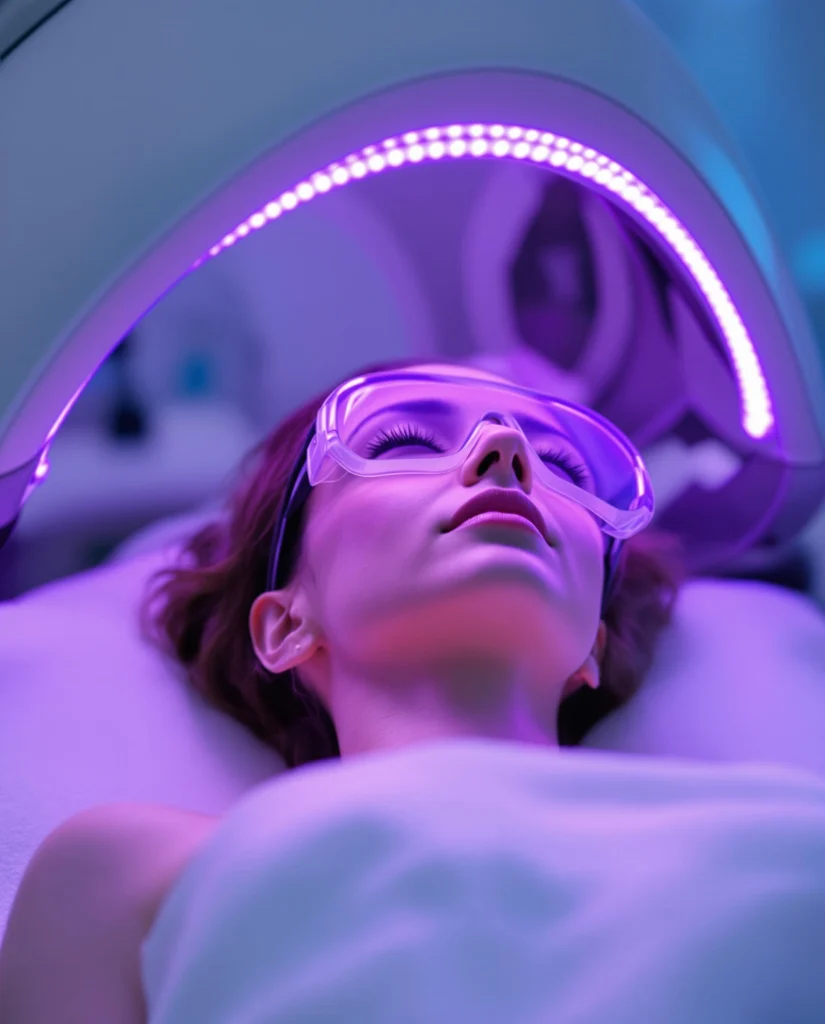
7. Cyan Light (490–520 nm): The Rejuvenator
Benefits:
- Reduces Swelling: Cyan light helps soothe inflammation and reduce puffiness.
- Promotes Relaxation: Calms irritated skin and improves circulation, giving a refreshed appearance.
- Balances Sebum Production: Regulates oil production, preventing clogged pores and breakouts.
Best For:
- Inflammation, puffiness, and maintaining balanced skin health.

Synergy of Multicolor Light Therapy
Using a therapy mask with seven colors of light allows for customized treatments that target multiple skin and health concerns. Many devices feature modes that combine wavelengths to maximize benefits, such as using red and blue light for anti-aging and acne, or green and yellow light for brightening and soothing sensitive skin.
Applications Beyond Skin Health
Light therapy devices are not just for cosmetic use; their benefits extend to whole-body wellness:
- Mental Health: Green and blue light can improve mood and reduce stress, while red and NIR light may help combat seasonal affective disorder (SAD).
- Pain Relief: NIR light can alleviate joint and muscle pain, making these devices useful for conditions like arthritis or exercise recovery.
- Improved Sleep: Exposure to red light in the evening can help regulate circadian rhythms and promote deeper sleep.
Safety Considerations
When using a laser light therapy device, follow these guidelines to ensure safety:
- Protect Your Eyes: Some wavelengths, especially blue light, can strain the eyes. Use goggles or ensure a mask has eye shields.
- Follow Manufacturer Instructions: Overexposure to light therapy can lead to diminishing returns or skin irritation. Stick to recommended treatment times.
- Be Cautious with Photosensitivity: Certain medications or skin conditions can make you more sensitive to light. Consult a healthcare professional if unsure.
Conclusion
Laser light therapy devices with seven colours of light provide a versatile tool for improving skin health, reducing inflammation, and enhancing overall well-being. Each wavelength offers unique therapeutic benefits, making these devices suitable for a wide range of concerns, from acne to anti-ageing to pain relief.
By understanding the healing properties of different wavelengths, you can tailor your treatment to your specific needs and harness the full potential of light therapy. Whether you’re looking to rejuvenate your skin, soothe inflammation, or boost your mood, these devices offer a powerful, non-invasive solution for improving your health and appearance.
Sources
Healing Properties of Different Light Wavelengths
- Red and Near-Infrared Light for Cellular Health:
- Hamblin MR. \”Mechanisms and applications of the anti-inflammatory effects of photobiomodulation.\” AIMS Biophysics. 2017. PubMed Link
- Blue Light for Acne and Antimicrobial Effects:
- Dai T, Huang YY, Hamblin MR. \”Photodynamic therapy for localized infections—state of the art.\” Photodiagnosis and Photodynamic Therapy. 2009. PubMed Link
- Green and Yellow Light for Skin Health and Pigmentation:
- Barolet D, Christiaens F, Hamblin MR. \”Infrared and skin: Friend or foe.\” Journal of Photochemistry and Photobiology B: Biology. 2016. PubMed Link
